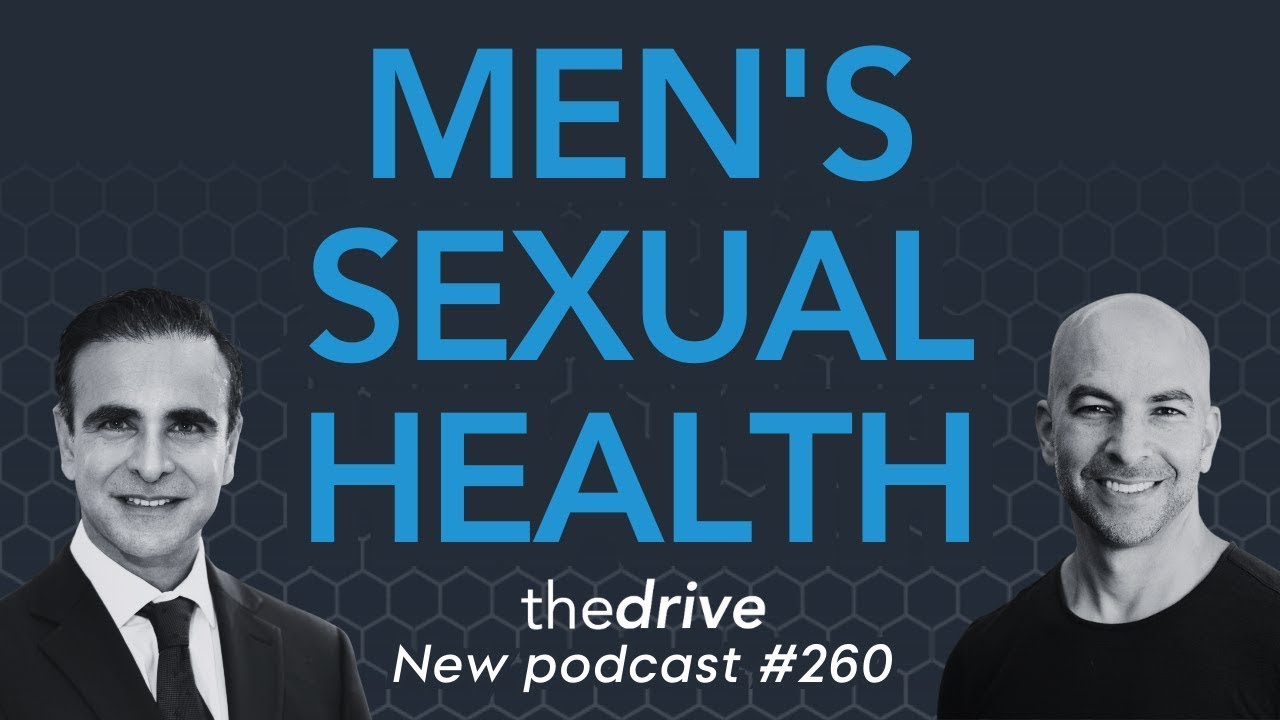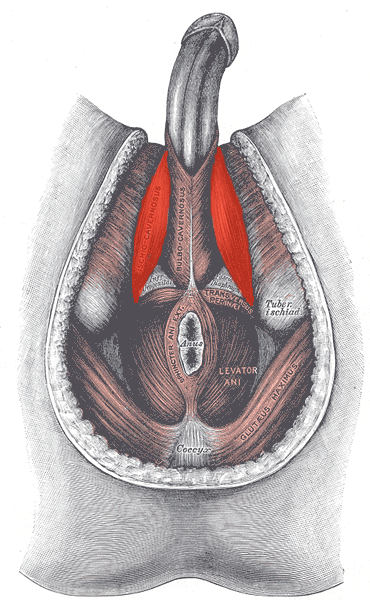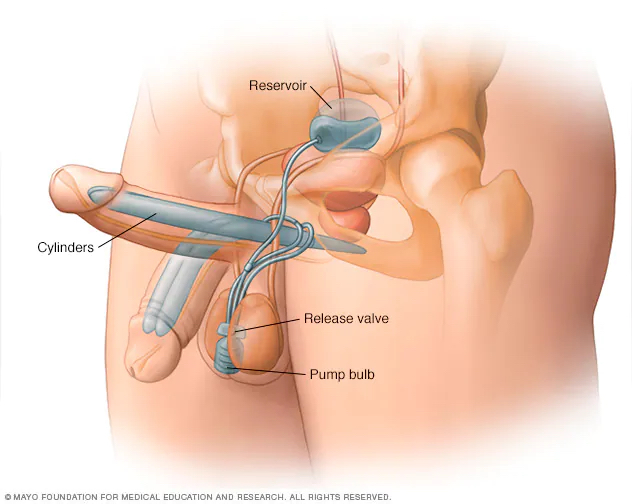- Erectile dysfunction, how it’s diagnosed and how it can be treated.
- Penis enlargement treatments that actually work.
- Peyronie’s disease (curvature of the penis), what can cause it and how to treat it.
- What to do if you have an erection that lasts for an extended period of time.
- How we should think about Testosterone and when to consider TRT.
Men’s Sexual Health: why it matters, what can go wrong, and how to fix it
Men’s Sexual Health: why it matters, what can go wrong, and how to fix it

- If you have trouble getting or maintaining an erection you might have erectile dysfunction (ED). Break the silence and seek medical help. There are very easy, effective and cheap treatments.
- Stay healthy by eating a balanced diet, exercising, getting enough sleep and managing stress. All of these factors affect the quality of your erections.
- If you have an erection that lasts for more than 4 hours, go to the ER. If it lasts over 36 hours you will likely have permanent damage.
- Traction devices (penis extenders) do work. They can straighten a bent penis (Peyronie’s disease) and increase length and girth.
- Premature ejaculation can be treated with sex therapy very effectively. Medical treatments are also possible.
- Delay Testosterone Replacement Therapy for as long as possible and only start if you have symptoms. TRT is a lifelong commitment and can lead to infertility.
Erectile Dysfunction
Erectile Dysfunction (ED) is a condition that many men grapple with, often in silence. The defining questions for diagnosing ED are: Can you achieve an erection sufficient for penetration? And, once erect, can you maintain the erection until orgasm? If the answer to either of these questions is ‘no’, you are likely experiencing ED.
| Age Group | Percentage of Men with ED |
| 40s | 40% |
| 50s | 50% |
| 60s | 60% |
| 70s | 70% |
The first indication of ED is usually an inability to maintain an erection. It’s important to acknowledge that men often suffer from this condition in silence. A concerning one-third of men who have ED also suffer from depression linked to their condition. Furthermore, 30% experience anxiety. Both of these psychological conditions can significantly impair one’s quality of life.
Unfortunately, despite these impacts, only 50% of men with ED seek help, mostly due to embarrassment. Adding to the problem, physicians often don’t ask about sexual health as it’s not at the top of their priority list during consultations. However, it’s crucial for men to overcome their hesitation and discuss these issues with their doctor. Open dialogue can lead to effective treatment plans and significantly improve one’s quality of life.
Erectile Dysfunction (ED) can take various forms, and one such manifestation is caused by what’s called a ‘venous leak.’ In this condition, more blood flows out of the penis than it does into it, leading to a loss of erection. The main culprits behind this are muscle atrophy in the penis and lower testosterone levels, often brought on by aging.
A solution to this comes in the form of Sildenafil (Viagra), which enhances the inflow of blood and helps maintain the erection. Another practical way to decrease the outflow is by using a penile band, or a tourniquet.
To reduce muscle atrophy, one should be proactive in using the penile muscle. Studies have suggested that regular usage of Sildenafil (Viagra) or Tadalafil (Cialis) can be of assistance. They can stimulate the hypertrophy of the cavernosus muscle and ensure the tissue remains healthy. However, don’t start this until you observe the first signs of ED.

Source: https://en.wikipedia.org/wiki/Ischiocavernosus_muscle
Outside of pharmacological aids, lifestyle modifications can have a profound impact on the quality of a man’s erection. Diet, exercise, sleep, and stress reduction form the cornerstone of this approach. Any improvement in even one of these areas can significantly enhance your quality of erection and life.
A particular type of ED, known as psychogenic ED, is more prevalent in younger men. If you experience morning erections or can achieve an erection through masturbation, but not during sexual intercourse, it’s likely you have psychogenic ED. The recommended treatment for this involves sex therapy combined with a daily dose of Cialis (5 mg of tadalafil).
Another treatment is injecting TRIMIX directly into the penile tissue. The doctor teaches this to the patient and their partner. Each time you want to have sex, you inject yourself and you get an erection because it dilates the arteries. You have to be careful about the dose, because if you take too much, you could get priapism and might have to surgically bring down the erection.
The treatment of Erectile Dysfunction (ED) can also involve the use of a penile prosthesis or implant. This device, surgically inserted into the penis, is designed to be filled with liquid via a pump, creating an erection. After sexual intercourse, the liquid can be conveniently released, returning the penis to its usual state. To ensure the procedure’s effectiveness and safety, it is recommended that the performing surgeon be experienced, having undertaken at least 50 such surgeries per year.



Shockwave Therapy is another treatment option for ED, specifically Low-Intensity Shockwave Therapy (LiST). The therapy is administered two to three times per week over a span of three to six weeks. It’s non-painful and enhances penile blood flow. There are two kinds of machines employed: focal shock and radial shock, the latter having a hundredfold less pressure and consequently less effectiveness. It’s categorized as an FDA type 1 medical device and is not recommended due to its ineffectiveness. Beware of the surge in clinics offering this type of therapy. Electrohydraulic or electromagnetic machines, classified as type 3 devices, are more effective though not in all patients. Gainswave is one such company manufacturing these devices.
Stem cell therapy is yet another treatment for ED. However, it is currently not approved by the FDA for this purpose, leading some patients to seek the therapy outside the U.S. One clinical trial utilized adipose tissue to extract stem cells which were then injected into the penis. Although there was no placebo control and the effects only lasted 6-9 months, some improvements were noted. A placebo-controlled trial is set to begin, and though some benefits may exist with this treatment, more studies are needed to confirm its efficacy.
Lastly, there’s exosome therapy, derived from bone marrow or placenta, which is somewhat akin to stem cell therapy in its approach to treating ED.
Priapism (long lasting erection >6 hours)
Priapism refers to a prolonged erection that lasts for more than six hours. If you experience an erection that persists beyond four hours, it is vital to seek immediate medical attention by going to the Emergency Room. Waiting beyond 36 hours drastically reduces the chances of successful recovery. Many men delay seeking help, either out of embarrassment or under the assumption that the situation will resolve on its own. However, failing to act quickly could lead to serious complications. After the priapism event, there’s a three-month window for getting a penile implant. Postponing it beyond this period could result in excessive fibrosis and scarring, making the procedure challenging. Certain drugs, such as cocaine or trazodone, are known to trigger priapism, hence caution is required when using these medications.
Peyronie’s disease (penile curvature)
The primary treatment for Peyronie’s disease includes the use of anti-inflammatory medications, often initiated after trauma during intercourse. In the case of a penile fracture, characterized by a sudden ‘pop’, it’s crucial to seek immediate emergency assistance. The signs may not always be evident right away.
An alternative treatment involves the use of traction devices. These tools can effectively increase the penis’s length, girth, and alignment. A favored option is RestoreX (https://www.restorex.com/), appreciated for its bendable feature. Using this device twice a day for 30 minutes over a three-month span could potentially result in an increase of up to one inch. However, it’s essential to note that the enlargement requires consistent therapy. After the initial three-month period, the device should be used at least once a week or month for maintenance. This represents a safe, non-surgical approach to enhancing length. However, it’s important to remember that the use of such stretching devices for this purpose is considered off-label.
Ejacolatory Dysfunctions
Ejaculatory dysfunctions affect approximately 30% of men, with premature ejaculation (PE) being the most common. On average, men ejaculate in 6-7 minutes. If you’ve always had premature ejaculation, then anything under 2 minutes is considered PE. Further, if you suffer from a drop in time of 50% or more (ex. it used to take 10 minutes, now it takes 5), this is also considered PE.
The reasons for premature ecajulation are:
- Biological: High gland sensitivity. Use over-the-counter numbing spray or cream like Lidocaine.
- Neurobiological: Deficient serotonin levels.
- Genetic: Lifelong premature ejaculation may have genetic roots.
- Psychological: Stress, new relationships can trigger premature ejaculation.
The primary treatments for premature ejaculation include sex therapy, with techniques like ‘squeeze’ and ‘start/stop,’ and the use of Lidocaine and daily or on-demand SSRIs. If these aren’t effective, secondary options include Tramadol, which increases ejaculation time but carries an addiction risk, and Alphablockers like Flomax, potentially causing retrograde ejaculation. If ED and premature ejaculation coexist, the ED should be addressed first, as it could be the underlying cause.
The conditions of Anorgasmia and Delayed Orgasmia can be lifelong or acquired. Delayed orgasmia, characterized by a delay of 15-20 minutes (versus the 6-7 minute average), has no FDA-approved treatments. Over-dosing of SSRIs can induce such delay; therefore, managing SSRI dosage is a typical treatment approach, as well as possible testosterone therapy.
Testosterone Replacement Therapy (TRT)
The body is mainly concerned with free testosterone, which varies significantly throughout a person’s life. Although total testosterone doesn’t necessarily decrease due to age, it can be impacted by comorbid conditions. As individuals age, their Sex Hormone Binding Globulin (SHBG) increases, resulting in a decrease in free testosterone levels.
However, the primary focus shouldn’t be on the total testosterone but rather on symptoms indicating low levels of testosterone. These symptoms could include low energy, reduced libido, erectile dysfunction, poor sleep quality, increased fat deposition, loss of muscle mass, and depression. It’s important to delay Testosterone Replacement Therapy as long as possible because it’s a lifelong commitment and could potentially lead to infertility.
Testosterone affects different body parts at different levels. For instance, if total testosterone falls below 200 nanograms per dl, erectile function begins to decline. Dihydrotestosterone (DHT), the most potent androgen in the body, is crucial for sexual function but has also been linked to prostate issues and hair loss.
The use of 5-alpha reductase inhibitors, such as Finasteride, is cautioned against due to associated risks, including the potential for permanent ED, libido issues, depression, and even increased suicide risk.
Lastly, while undergoing TRT, there is no evidence to suggest an increased risk of prostate cancer. In fact, some studies suggest that Testosterone may provide some protection against it.
Related Articles
No posts found.
No posts found.